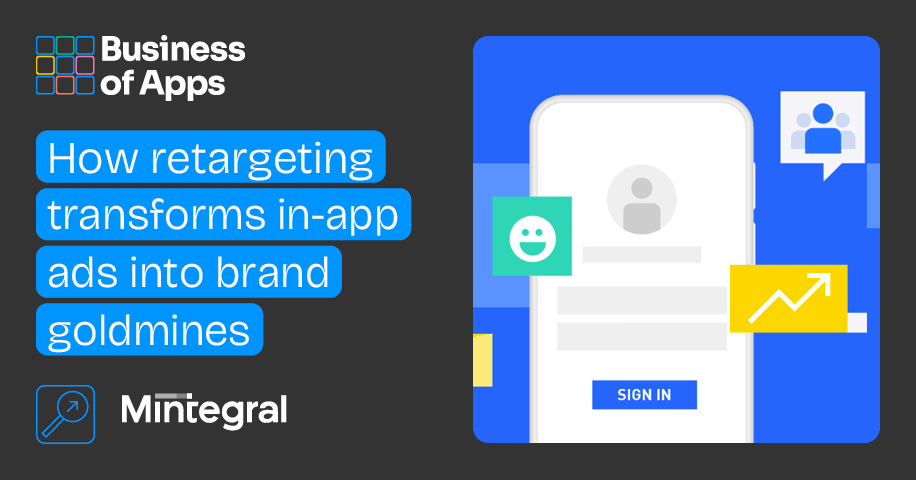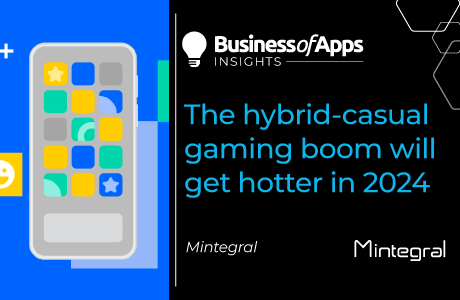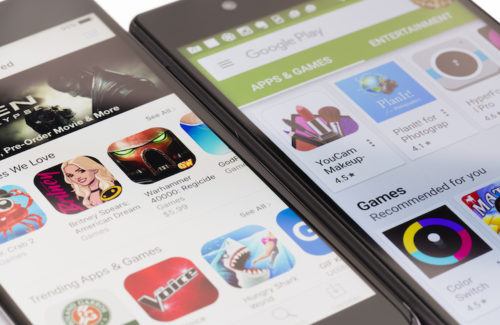Game developers have been trying to convince brands to advertise in games for years, and with good reason. The games industry generates more revenues than the movie and music industries combined, and the sheer variety of game genres attracts users from across the demographic spectrum.
Yes, for sure, you can reach adolescent teenagers in games. Still, you can just as easily reach empty-nesters with a high disposable income and other highly desirable groups who spend time playing new titles. Numerous studies have found that the gaming audience is vast and nuanced, with the typical gamer skewing towards being well-educated, affluent, and responsible for major household purchases. Moreover, the sheer range of game genres available means that different types of people favour different types of games.
When the game developers’ message cuts through, it tends to be high, such as Disney’s recent $1.5 billion investment in Fortnite creator Epic. Other well-known brands that have shown faith in gaming’s ability to deliver a quality audience include Louis Vuitton, Lamborghini, and Gucci. Louis Vuitton created skins for characters in the League of Legends multiplayer online battle arena game Qiyana and Senna. Luxury car-maker Lamborghini created a ‘Virtual to Reality’ Lamborghini-branded experience within the Asphalt 9: Legends racing game, enabling players to drive Lamborghini’s rare supercar, the Essenza SCV12 in the game.
Gucci has integrated with several games. In 2019 the company launched Gucci Arcade, where, instead of integrating with an existing game, it built games around the brand, with the initial two games – Gucci Bee and Gucci Ace – expanding to a collection of 14 games.
High CPMs
But away from these and a few other isolated examples, the majority of in-game ad revenues on mobile – around 70% – still come from other games. This is partly because of brands’ nervousness about games’ ability to deliver to the right audience despite the evidence proving otherwise. It’s also because, from an advertising perspective, non-gaming brands are simply not prepared to meet the high CPMs that gaming brands will pay to target a very specific audience within a game. So, could retargeting offer a way to square this circle?
Retargeting on the web is as old as the hills. It offers a reliable, consistent way to target users with ads for stuff they have previously looked at online, deep-linking them back to the product page on the brand’s website.
But within apps, particularly gaming apps, it’s a largely untapped resource, even though, seen through a retargeting lens, in-game ads look a lot more appealing to non-game brands. By definition, the ads will only be seen by people who have previously engaged with the brand’s ads or content online, so there is virtually no wastage.
This high level of targeting should convince brands to pay the higher CPMs that gaming audiences command. It’s good news for the game developers, who can diversify their ad revenues and reduce their reliance on ads for other games from competing developers.
Cost-per-Outcome
But where do you start with retargeting in gaming apps? Firstly, seek a partner with direct access to their SDK supply to avoid paying the high take rates that ad networks typically levy.
Maximize App Growth with #1 App Store Optimization Company
Expand app store reach, increase downloads, boost engagement, lower acquisition costs & achieve higher user LTV with our leading ASO services & technology
Contact Us TodayYou should also look to work with a partner who charges on a per-outcome basis, such as Cost-per Order, rather than upper-funnel metrics like CPC (Cost-per-Click) or even CPM (Cost per Thousand Impressions) that many retargeting companies use. That way, no matter how many people see your ad or even click on it, you only pay when it results in a sale, ensuring you maximize your retargeting budget.
Your partner should also be able to help with targeting so that your ads appear in the types of games that your typical user is most likely to play. If you have opted-in first or zero-party data that you can share with your retargeting partner, this will also help you reach the right people.
Retargeting is an essential tool for marketers, and gaming remains an untapped source that could benefit many different types of apps. It’s time to consider in-game retargeting ads as your next source of growth.












